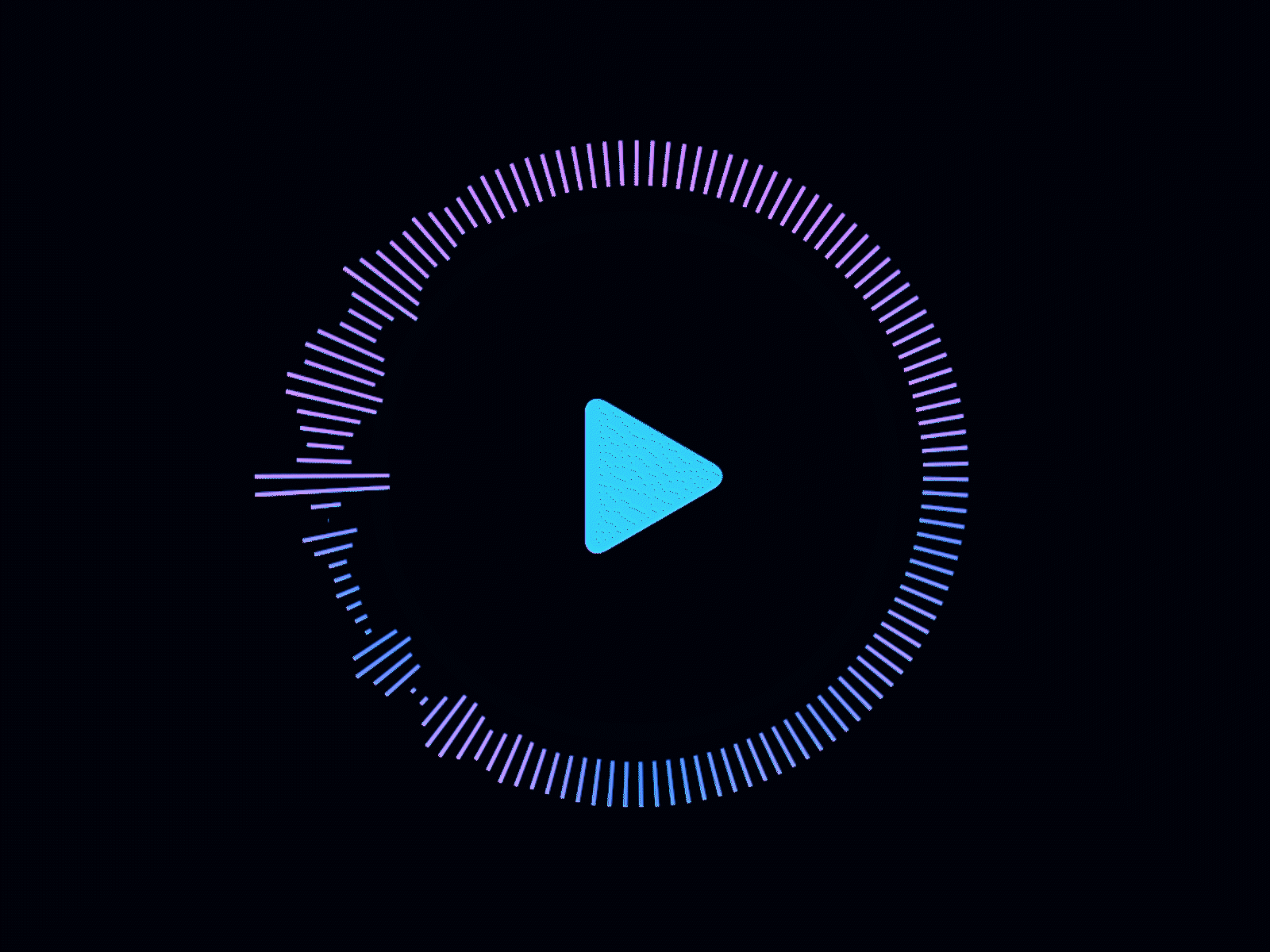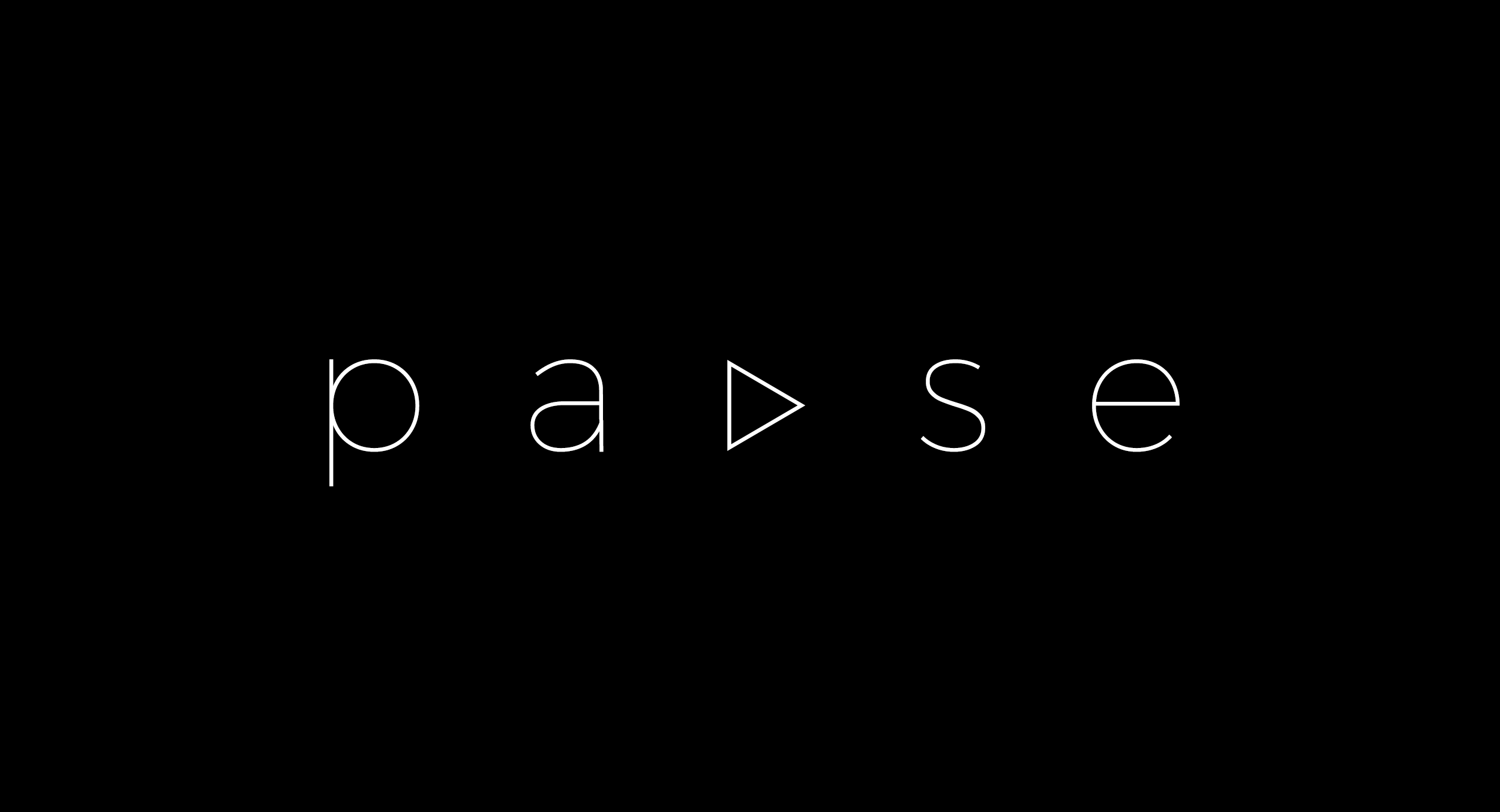Blog
- Red Light Therapy (RLT) has rapidly moved from niche biohacking circles into mainstream health and wellness. It’s used for everything from improving skin tone and joint health to accelerating muscle recovery and supporting mental clarity.
Introduction
Red Light Therapy (RLT) has rapidly moved from niche biohacking circles into mainstream health and wellness. It is used for everything from improving skin tone and joint health to accelerating muscle recovery and supporting mental clarity. But for those new to the therapy or using it at home, the key questions remain:
-
How often should I use red light therapy?
-
How long should each session be?
-
When will I start seeing results?
This guide provides clear, science-backed answers based on modern RLT best practices and device performance standards used in QS-RLT systems.
1. What Is Red Light Therapy?
Red Light Therapy uses targeted low-level wavelengths of light, primarily 630nm, 660nm (red light) and 810nm, 850nm (near-infrared light), to penetrate the skin and energize cells. This process is known as photobiomodulation.
When exposed to these wavelengths, mitochondria (the power generators in your cells) produce more ATP or cellular energy. The result is accelerated healing, reduced inflammation, improved skin elasticity, and enhanced physical recovery.
2. How It Works at the Cellular Level
Red and near-infrared light is absorbed by chromophores in mitochondria. This activates a biological cascade:
-
Increased ATP production
-
Decreased oxidative stress
-
Boosted collagen synthesis and blood flow
-
Enhanced cellular repair and anti-inflammatory effects
3. How Often Should You Use RLT?
Use frequency depends on your goal, sensitivity, and device power. Here is a general guide:
| Goal | Frequency (Per Week) |
|---|---|
| Skin rejuvenation | 3 to 5 |
| Chronic pain relief | 5 to 7 |
| Muscle recovery | 4 to 6 |
| Cognitive support | 4 to 6 |
| Sleep or mood regulation | 3 to 7 |
For new users, start with 3 sessions per week for 10 to 15 minutes, then gradually scale based on response.
4. How Long Should Sessions Last?
Your session duration depends on the treatment area and intensity of your device:
-
Face or localized treatment: 10 to 15 minutes
-
Full-body therapy (mats or panels): 15 to 30 minutes
-
High-intensity devices: Adjust time based on manufacturer settings
Stop if skin feels hot or irritated. Avoid excessive exposure to prevent overloading tissues.
5. When Will You See Results?
Consistency is the catalyst. Most users experience:
-
Noticeable skin and pain changes: within 2 to 4 weeks
-
Improved energy, mood, and muscle performance: in 4 to 6 weeks
-
Long-term cellular benefits: over 8 to 12 weeks with ongoing use
Track your results using photos, logs, or wearable recovery metrics.
6. Can You Use Red Light Therapy Daily?
Yes, especially for acute conditions. But listen to your body. Daily use is common for:
-
Joint pain
-
Injury recovery
-
Neurological support
-
Muscle soreness after workouts
For maintenance, 3 to 5 times per week is optimal. Avoid using multiple times per day unless medically guided.
7. At-Home vs. Clinical RLT
| Setting | Benefits |
|---|---|
| At-Home | Affordable, convenient, daily access |
| Clinical | Higher intensity, guided treatment |
Home-use panels, mats, and masks (like those in the QS-RLT line) are suitable for routine wellness. Clinical settings are ideal for targeting acute injuries or combining with other therapies.
8. Is Red Light Therapy Safe?
Yes. RLT is non-invasive and UV-free. It does not burn skin or cause DNA damage.
However, you should:
-
Start slow
-
Avoid use over tattoos or photosensitive conditions
-
Use protective eyewear for face panels
-
Follow your device’s guidelines closely
Mild side effects like temporary redness are rare and typically resolve within hours.
9. Tips for Best Results
✅ Begin with clean, dry skin
✅ Use the recommended wavelength range for your goal (e.g., 660nm for skin, 850nm for muscle)
✅ Sit or lie 6 to 18 inches from your panel or as specified
✅ Pair RLT with hydration, nutrition, and good sleep
✅ Track results weekly to optimize your protocol
10. Why Wavelength Range Matters
Each wavelength penetrates to a specific depth:
| Wavelength | Target Outcome |
|---|---|
| 415 to 480nm | Antibacterial, acne, mood |
| 630nm | Skin healing, collagen, tone |
| 660nm | Anti-aging, scar reduction |
| 810nm | Deep tissue and neurological support |
| 850nm | Muscle or joint repair |
| 940 to 1070nm | Organs, spine, cognitive systems |
QS-RLT devices offer a full range of customizable wavelengths for targeted and efficient therapy.
FAQ
Can I tan or burn from red light therapy?
No. RLT does not use UV rays and will not tan or damage the skin.
Can I combine it with other treatments?
Yes. RLT complements many protocols including massage, cryotherapy, and physical therapy.
Can I use it on tattoos or over metal implants?
Avoid direct use over tattoos due to possible ink reactions. Metal implants are usually safe, but consult a physician.
Does it work for hair growth or weight loss?
Some users report improved scalp circulation and metabolic effects, though results vary.
Final Thoughts
Red Light Therapy is a proven and non-invasive method to support healing, performance, and whole-body balance. With the right wavelength, frequency, and timing, it can become a core part of your personal wellness strategy.
QS-RLT systems provide precision-based therapy tools that let you optimize your sessions at home or in clinical settings. Whether for recovery, beauty, or clarity, Red Light Therapy allows you to restore your natural signal and operate at your best.




No Comments
Signup or login to leave a comment